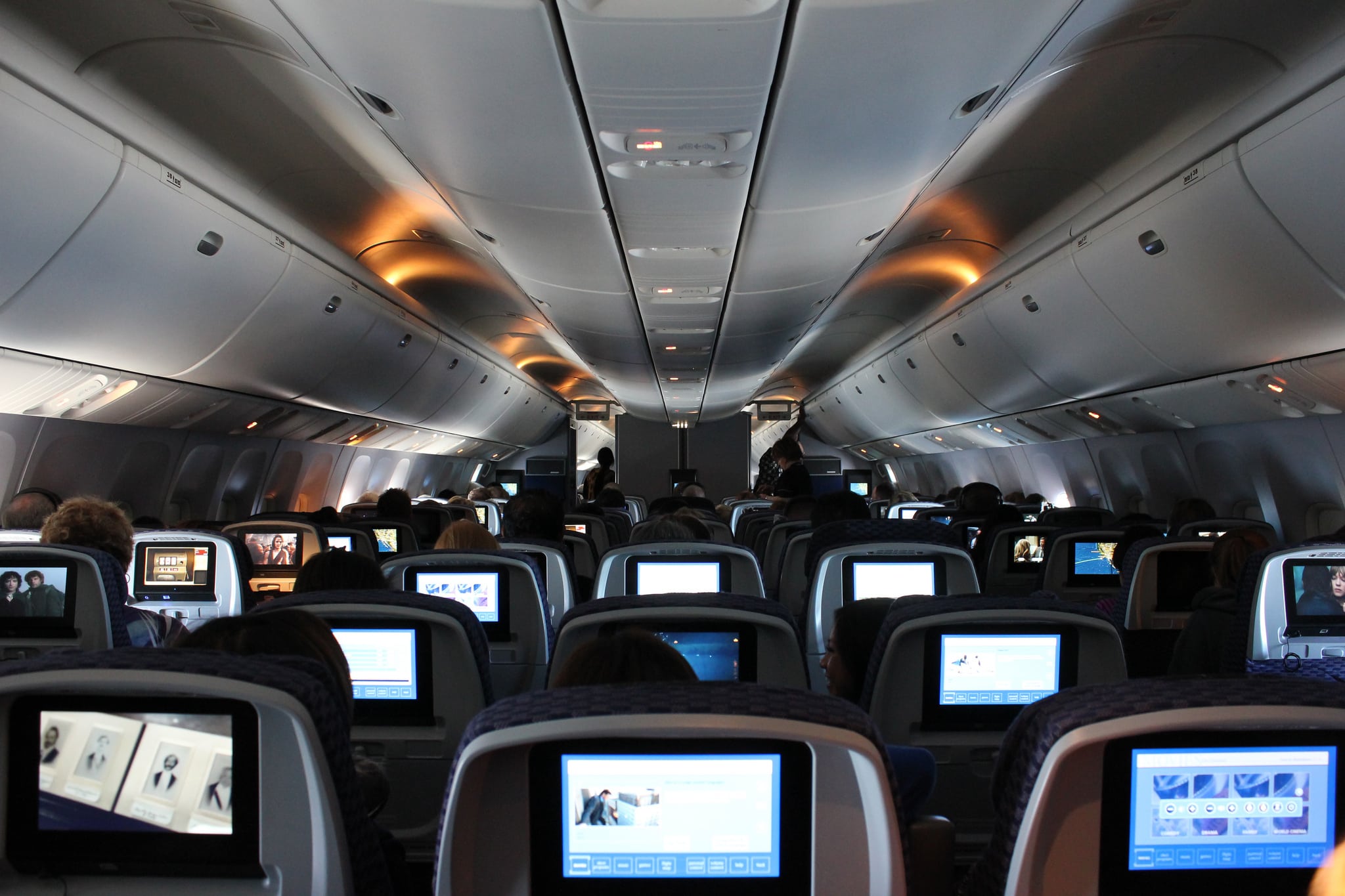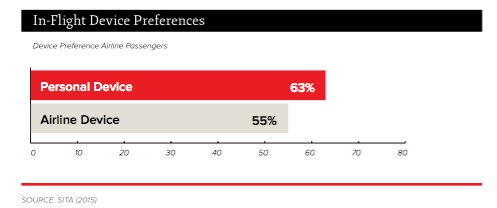Skift Take
Mobility and the ability for brands to react in an anytime-anywhere capacity to traveler’s needs has become a must. Download this FREE report to understand how demands of the increasingly smartphone- and tablet-equipped consumer are reshaping the way travel brands interact with travelers.
This sponsored content was created in collaboration with a Skift partner.
This is an excerpt from our FREE Skift Trends Report, Travel Brands in a Multi-Screen World, brought to you in partnership with Adobe.
Download the Report, Free!
Three key participants in the air-travel segment of a journey — travelers, airports, and airlines — are deeply invested in mobile devices and services.
At the airport, it’s all about speeding processes and providing information.
Kiosks and self-service screens are emerging in tandem with apps that supply travelers with options that go above and beyond the traditionally encountered queues and counter-based interactions. Airports are building toward networks of screens — ones that create both flexibility and opportunities to gather consumer-behavior data. And passengers, it turns out, are mostly (72%) amenable to being a part of this data-rich milieu, so long as the end results are clearly to the benefit of their travel experiences.
Timing and location are additionally critical to brands’ outreach in the airport milieu. The future of the successful multi-screen airport, according to Terry Jones, founder of Travelocity and founding chairman of Kayak, is to create beacon-based, geo-fence oriented experiences that can prompt travelers in smart and timely ways.
“Take a thing like GateGuru,” he said, in a recent Skift report. “In every airport it lists every restaurant, every club, every everything. If I am going between these two gates and they know I am not getting anything on the plane, why are they not giving me a coupon when I am walking by? It needs to be very targeted, very time-sensitive.”
Extending such networks to the cabins of planes stands to amplify the experiences of a significant segment of travelers who want to use their own devices in the air.
“The use of push notifications will transform the way we communicate with our passengers,” Peter Duffy, easyJet’s commercial director of Customer, Product, and Marketing, recently told SITA. “We’ll be providing them with targeted messages and helpful reminders at various stages in their easyJet journey to make things easier for them when they are on the move.”
Considering the above chart, however, airline brands looking for a leading edge will also attend to the enhanced design and functionality of seat-back touch screens and the like. More than half the polled travelers, in the data provided, still want airline-device based interactions.
Airline staff members are participating in the multi-screen space as well. For example, JetBlue has announced that by April 2015, every crew representative will be equipped with a tablet for point-of-sales and document management. Screens and real-time access to data should allow them to identify passenger wants — plus potential passenger pain points — and then reach out via a network of on-the-plane and on-the-ground resources. Mobility is the underlying value proposition of multi-screen for these brands.
In April, we launched a FREE Skift Travel Trends Report, Travel Brands in a Multi-Screen World, brought to you in association with Adobe. Above was an extract from it. You can download the full report here for all the insights.
Have a confidential tip for Skift? Get in touch


